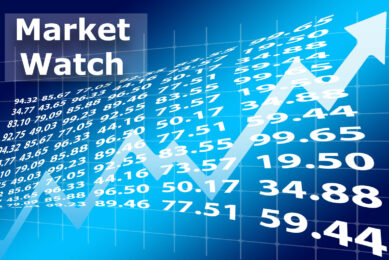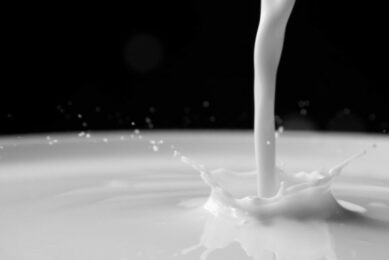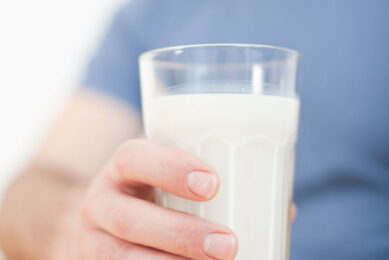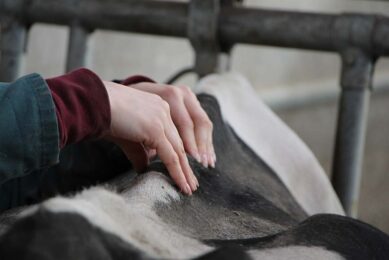Russian dairy sector to grow steadily
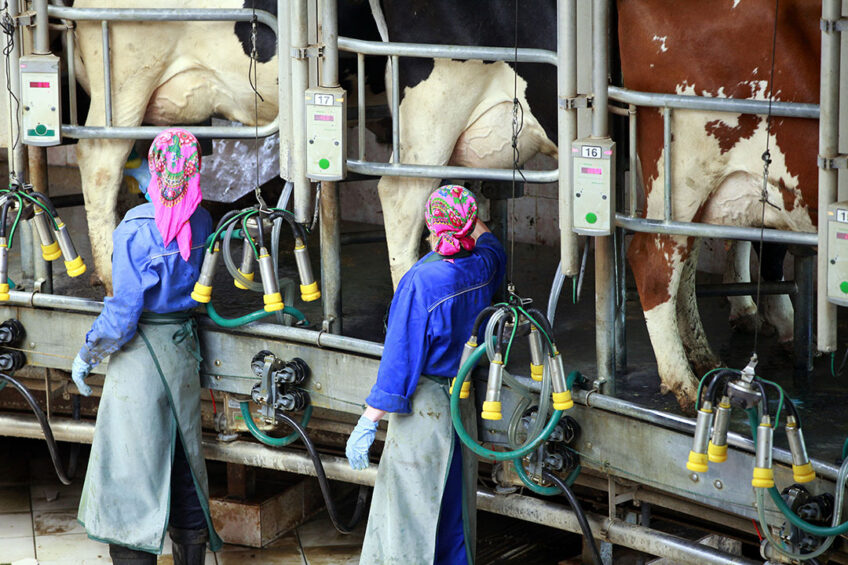
With large sums of subsidies, the Russian government is increasing milk production in a quest to become self-sufficient for dairy within a few years. However, it is unlikely that Russia can take a big role on the global dairy market on the short term.
The dairy sector in Russia compromises of around eight million dairy cows. In 2017, the total milk production was 30.7 billion kilos. There are – on average – three types of farms in Russia: large dairy operations with 300 to 2,000 cows, family farms with 15 to 50 cows and farmers with only one to two cows for their own use. In the largest group, around 8,000 farms are active. The country has around 24,000 family farms and more than one million small-scale farms. The largest dairy operations produce around half of all the milk produced in Russia. Of the total milk production, only 12 billion kilos is sold directly to the dairy processor. Since 2013, milk production has been increasing by 3 to 4% per year. In 2018, the growth has been slightly below average. In addition to milk, cheese is the most important product with 935,000 tonnes per year. This is followed by butter with 260,000 tonnes.

Investment boost in agriculture
Everything is for sale with money. And this phrase in particular applies to a country like Russia. Over the last couple of years, the country has invested billions of Euros in expanding and professionalising the agricultural sector. Investing in agriculture has been a policy for some time, but was boosted five years ago when the boycott of Western products became active. To date, Russia is dependent on imported milk, but the country has the ambition to be self-sufficient for dairy by 2020. The Russian Ministry of Agriculture announced last year that at least 800 large farms should be built in the coming years. The Ministry also wants to increase the average production on dairy farms to 6,000 kilos per cow per year. The import of cattle, around 35,000 heifers and cows in 2018, should help to increase livestock numbers in the country. The government offers various options for investors. This is done at provincial level. To make it easy, loans are for example provided at very low interest rates and there are subsidy programmes for investments. Improving the milk quality and health of the herd are also important goals. “Investors are also helped through other ways, such as when they want to obtain permits,” says René Kremers, co-owner of Difco International and active in Russia for years. For Difco, he is involved in numerous new projects in Russia.
EkoNiva and Molvest
Partly thanks to the investment programmes, more high-quality milk is being produced and delivered to the processors. Russian consumers are willing to pay for dairy if the quality is good. Some large dairy farms supply their own brand to supermarkets. However, the bulk of the milk does not meet the high quality requirements. It is not even known if quality checks are done in the first place. Large companies such as EkoNiva and Molvest are the driving force behind the professionalisation of the Russian dairy sector. Every year, these companies invest money in new farms, housing thousands of cows. In 2017, EkoNiva produced more than 300,000 tons of milk with 50,000 cows. These are companies with a high level of management. “They perform well and have everything in their own hands,” says Mr Kremers. The problem with the substantial expansion of dairy farms is obtaining good dairy cows. These are imported from Europe to a great extent. Large foreign investors have also found Russia in the last few years. The Vietnamese TH Group has started to invest in the Moscow region and builds production locations with the aim of producing 234,000 tonnes of milk per year. The Asian company also wants to start projects in the eastern part of Russia.
Economic and political uncertainties
Despite the large investments of domestic and foreign companies, the dairy herd and production is growing less rapidly than the government had in mind. Meeuwes Brouwer, agricultural attaché at the Dutch embassy in Moscow, also sees this. “The dairy sector in Russia is developing itself, but in sectors such as poultry and pig things are going much faster.” According to Mr Brouwer, investments in dairy cattle require more capital and more expertise. The problem is a weak starting position when you look at the country. For example, efficiency and logistics are weak points of the Russian economy and agricultural sector, and this is therefore also reflected in dairy farming. The immense distances have a direct cost-increasing effect and increase risks in production. “And for dairy farming there is a lack of knowledge and a good dairy infrastructure,” Mr Brouwer explains. He notes that foreign companies are reluctant to invest heavily in Russia due to economic and political uncertainties. In addition, small and medium-sized farms are often forced to close their doors due to low returns. Due to the higher production and import of dairy, the milk price for standard milk has dropped. A big concern is the import via Belarus, which creates additional pressure on the market and unfair competition with Russian producers. Also not all new projects are completed. Some of the new projects are unsuccessful, due to too many uncertainties and financing problems amongst other things.
Interesting markets
The question remains to what extent the Russian dairy industry will play a role in the international dairy market in the long term. For strategic reasons, the Russian government wants a wider range of revenues besides oil and gas and agricultural products can certainly play a role in this. “With the development of dairy farming in the Eastern part of the country, China and other interesting markets come into the picture and this can be interesting for Russia,” says Mr Kremers. He certainly thinks it is possible that Russia will cut off dairy flows from Oceania in the future. However, the chance that this will happen within a few years is small. This requires a strong dairy infrastructure that can compete with other dairy countries for quality and cost. There is absolutely no question of that at this moment. And what will happen to the dairy industry if the government withdraws as being the financial driver of the agricultural sector? Moreover, the country is sensitive to political and economic instability, and this is a vulnerable situation to be in in the current world of international tension and uncertainties.
| “Hardly any dairy advisors here” Together with three other shareholders, Sjoerd Galema owns Fryskaya bv and has been active in Russia since 2003. In Kolomna (100 km Southeast of Moscow), they have a dairy farm together with a Russian partner with around 600 dairy cows and 600 young cattle. Fryskaya is currently developing a plan for a new location some 1,000 km East of Moscow. There they want to milk 2,400 cows. They also do that together with a Russian partner, in this case a large arable farmer. “It must become a high-tech company with maximum automation,” the entrepreneur says. Mr Galema certainly sees opportunities for Russian dairy farming but is also critical. Livestock farming in Russia is nothing like that in countries like the Netherlands. There is no dairy infrastructure and there are hardly any consultants and advisory services, so you have to be able to do it all yourself.” |
Join 13,000+ subscribers
Subscribe to our newsletter to stay updated about all the need-to-know content in the dairy sector, two times a week.



